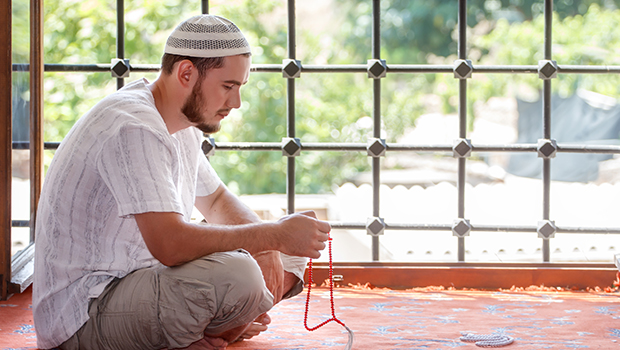How to Fast Safely with Diabetes During Ramadan

Muslims with diabetes who choose to fast during the holy month of Ramadan face heightened risk of complications like hypoglycemia, thrombosis, and dehydration. However, with some planning, those risks can be somewhat minimized, according to a Healio report. A UK-based study found that Muslims with Type 2 diabetes who discussed the possibility of fasting during Ramadan with medical providers were 50% less likely to experience hypoglycemia during the holy month than Muslims with Type 2 who did not discuss the matter beforehand with medical providers.
While a medical exemption from fasting exists in many branches of Islam for those who cannot fast safely, many Muslims with diabetes do not consider diabetes serious enough to abstain from fasting, according to researchers. However, researchers recommend that people with diabetes verify they are able to fast for Ramadan by participating in a prefast test run.
To fast safely during Ramadan, researchers also recommend blood sugar testing (even for those who don’t regularly do so), and drinking at least 2 liters (roughly half a gallon) of water every day. They also caution that it’s important to break the fast if experiencing symptoms that include hypoglycemia, headache, nausea, or darkly colored urination
For a successful Ramadan, what you eat before and after the fast is also very important. According to the Joslin Diabetes Center, a predawn breakfast should be a mixture of whole grain carbs, protein, and fat to help curb hunger. After sunset it’s vital to not overeat during the traditional post-sunset meal, and no more than two dates should be eaten. Sugary drinks and caffeine should also be avoided.
In 2016, Ramadan will be held June 6th through July 5th.
